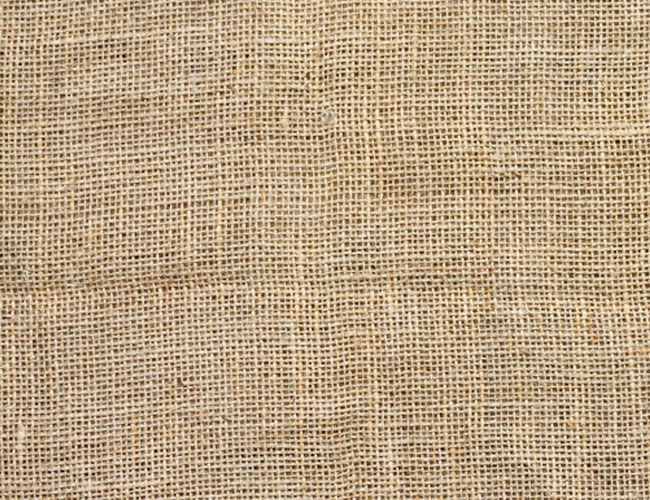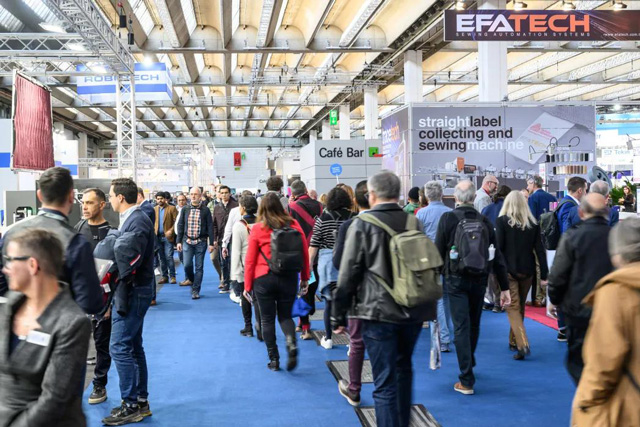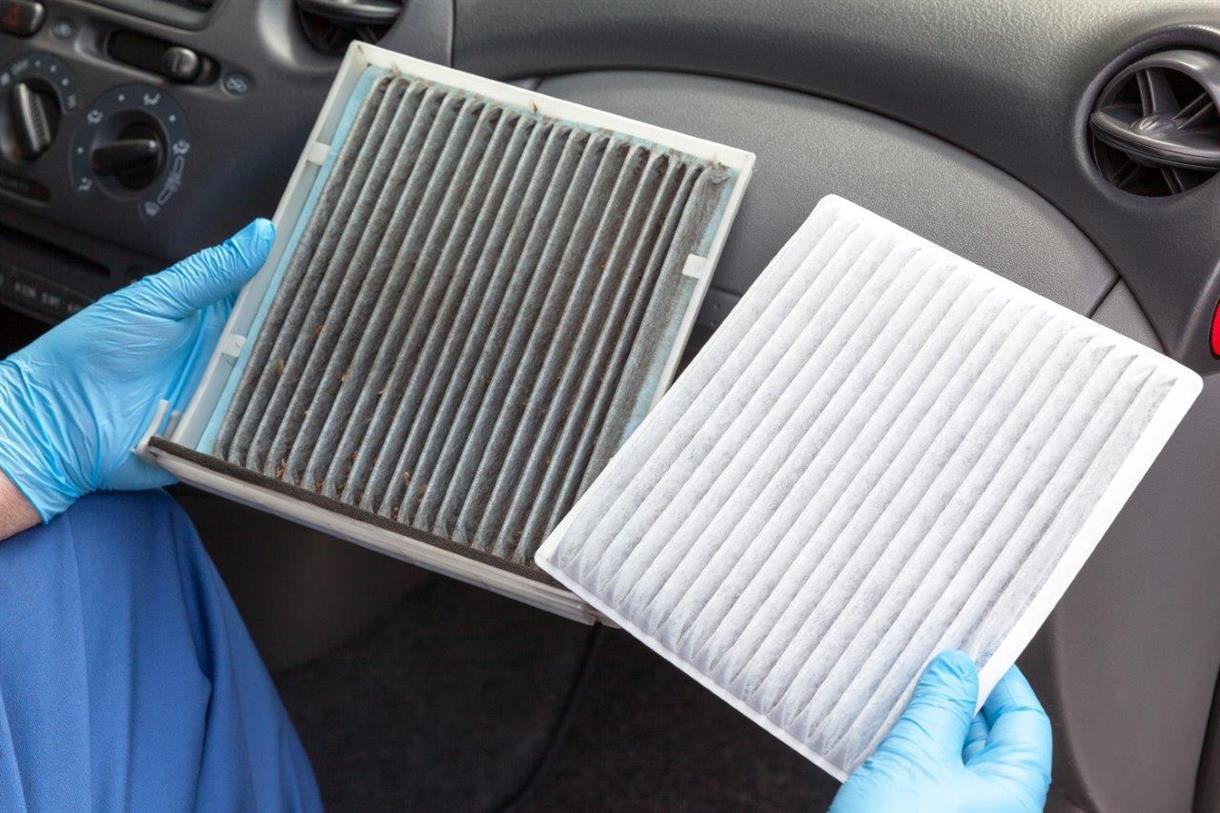
Linen fabric, also known as flax fabric, is a textile made from the fibers of the flax plant (Linum usitatissimum).
Because of its durability, linen fabric is often used for a variety of purposes, including clothing (shirts, dresses, pants), home textiles (sheets, tablecloths, curtains), and upholstery. Linen is also favored by artists for painting surfaces because of its smooth, absorbent properties.
Linen fabric has unique properties. It is known for its breathability, moisture-wicking properties, and natural cooling effect, making it suitable for warm climates and summer clothing. Linen also has hypoallergenic and anti-static properties.
Linen has been cultivated for thousands of years and linen is one of the oldest known fabrics. Linen is prized for being exceptionally cool, fresh, and durable.
However, linen takes more time and resources to produce than cotton, which led to linen's popularity diminishing with the invention of the cotton gin.
Nonetheless, the unique and desirable properties of linen prevented the total cessation of production of this textile globally, and certain countries (such as China) continue to produce linen in large quantities.
The history of linen fabric dates back thousands of years. It is believed to be one of the oldest known textiles in human civilization. Here's a brief overview of its history:
Ancient Origins: Linen production can be traced back to ancient civilizations such as Mesopotamia, Egypt, and China. The Egyptians, in particular, were renowned for their mastery of linen production. Linen was used to create garments for both the living and the dead, as well as for religious and ceremonial purposes.
Egyptian Linen: Egypt's warm climate and fertile soil were ideal for growing flax, the plant from which linen is derived. Egyptian linen was highly valued and sought after in the ancient world. Linen wrappings have been discovered in Egyptian tombs, and linen was considered a symbol of purity and wealth.
Roman Influence: Linen production spread across the Roman Empire, and it became a popular fabric for clothing, bedding, and other household items. The Romans imported flax from Egypt and introduced linen production to regions like Gaul (present-day France) and Britain.
Medieval and Renaissance Period: During the Middle Ages, linen continued to be a prominent fabric in Europe. It was used for undergarments, shirts, and bedding. Linen production was often a cottage industry, with many families involved in growing flax and spinning yarn. The Renaissance period saw advancements in spinning and weaving techniques, leading to higher-quality linen fabrics.
Industrial Revolution: The Industrial Revolution in the 18th and 19th centuries brought significant changes to linen production. New machines, such as spinning jennies and power looms, mechanized the production process, making linen more accessible and affordable.
Modern Linen: In the 20th century, linen faced competition from synthetic fibers like cotton and polyester. However, linen maintained its popularity due to its unique properties and eco-friendly nature. Today, linen is still produced globally, with countries like Belgium, Ireland, and Lithuania known for their high-quality linen fabrics.
Throughout its history, linen has remained a favored fabric for its durability, breathability, and natural aesthetics. Its association with luxury, elegance, and sustainability has made it a timeless choice in fashion and home textiles.
Linen fabric possesses several distinct features that contribute to its popularity and desirability:
1. Breathability: Linen is highly breathable, allowing air to circulate freely. This property helps to regulate body temperature and keep the wearer cool and comfortable, especially in hot and humid conditions.
2. Moisture Absorption: Linen has excellent moisture-wicking properties, absorbing perspiration and quickly releasing it into the air. It can absorb up to 20% of its weight in moisture without feeling damp, making it an ideal choice for summer clothing.
3. Durability: Linen is a strong and durable fabric. It is resistant to wear and tear, with fibers that can withstand repeated laundering and extensive use. Garments made of linen can last for years, often improving with time and use.
4. Hypoallergenic: Linen is naturally hypoallergenic and gentle on the skin. It does not cause irritation or allergic reactions, making it suitable for individuals with sensitive skin or allergies.
5. Natural Cooling Effect: Linen has a unique cooling effect on the body. Its breathable nature and ability to conduct heat away from the skin help to maintain a comfortable body temperature, even in warm climates.
6. Eco-Friendliness: Linen is a sustainable fabric as it is made from flax, a plant that requires minimal water and pesticides during cultivation. Flax is also biodegradable, making linen a more environmentally friendly choice compared to synthetic fabrics.
7. Texture and Appearance: Linen fabric has a natural luster and a slightly textured feel. It often displays a characteristic slubbed appearance, adding to its charm and giving it a distinct, rustic appeal.
8. Versatility: Linen fabric can be used for various applications, including clothing, home textiles, and upholstery. It can be woven into different weights and textures, ranging from lightweight and sheer to heavier and more substantial options.
9. Easy Care: While linen may wrinkle more easily than other fabrics, it is relatively easy to care for. It can be machine washed or dry cleaned, and with proper handling and ironing techniques, the wrinkles can be minimized or embraced for a more relaxed, casual look.
Linen is a beautiful, durable, and breathable fabric made from the fibers of the flax plant. To keep your linen items clean and looking their best, follow these steps for washing and caring for linen fabric:
1. Check the care label: Always check the care label on your linen item for any specific washing instructions. Some linen pieces may have unique requirements, so it's essential to follow the manufacturer's recommendations.
2. Pre-treat stains: Before washing, treat any stains on the linen fabric. You can use a mild detergent or a stain remover suitable for linen. Gently work the solution into the stain using your fingers or a soft brush. Avoid using harsh chemicals or bleach, as they may damage the fibers.
3. Machine washing: Linen can typically be machine washed, but it's best to use a gentle cycle with cold or lukewarm water to avoid shrinkage or excessive wear. Use a mild detergent that is free from bleach and harsh chemicals. Avoid washing linen with heavy or abrasive fabrics to prevent pilling.
4. Hand washing: For delicate linen items or if the care label suggests hand washing, fill a basin with cool water and add a small amount of mild detergent. Submerge the linen item and gently agitate the water. Allow it to soak for about 15 minutes, then rinse thoroughly with clean water.
5. Avoid overloading the washing machine: Linen should have enough space to move freely during the wash cycle, so don't overload your washing machine.
6. Drying: When it comes to drying linen, air drying is the best option. Hang the linen item outside or on a drying rack. Avoid direct sunlight, as it may cause fading. If using a dryer, opt for a low heat setting, as high heat can lead to shrinkage.
7. Ironing: Linen tends to wrinkle, but that's part of its charm. If you prefer a crisp look, iron the linen while it's still slightly damp. Set your iron to the linen setting or a medium-high heat. Alternatively, you can use a steamer to remove wrinkles gently.
8. Storage: When not in use, store your clean linen items in a cool, dry place away from direct sunlight. Avoid plastic bags, as they can trap moisture and lead to mildew growth. Instead, opt for breathable cotton bags or sheets.
9. Remember that linen softens and becomes more comfortable with each wash, so embrace its natural qualities and enjoy the unique texture and appearance it brings to your home and wardrobe.
1. Linen fabric has several environmentally friendly characteristics, making it a more sustainable choice compared to many other textiles:
2. Renewable resource: Linen is made from flax, which is a natural plant fiber. Flax is a renewable resource that can be cultivated annually without excessive water or pesticide use. Additionally, the entire flax plant can be used, minimizing waste.
3. Biodegradable: Linen is biodegradable, which means it can naturally decompose without releasing harmful substances into the environment. This reduces the burden on landfills and contributes to a more circular and sustainable textile industry.
4. Low water consumption: Flax requires less water compared to other crops commonly used for textile production, such as cotton. Linen can be grown with rainfall in many regions, reducing the strain on water resources.
5.No synthetic chemicals: Flax is generally grown without the heavy use of pesticides and synthetic fertilizers. Natural pest-resistant properties of flax reduce the need for chemical treatments, leading to fewer harmful substances in the environment.
6. Minimal waste production: The flax plant is used in its entirety during linen production, leaving very little waste. Parts of the plant that are not used for fabric can be used in other applications, such as in the production of linseed oil or as animal feed.
7. Durability and longevity: Linen is a highly durable fabric, meaning it lasts longer and can withstand more washes compared to some other textiles. This longevity reduces the frequency of replacements, ultimately lowering overall consumption.
8. Energy-efficient processing: The processing of linen fibers generally requires less energy compared to synthetic fibers. The mechanical processing of flax is generally considered to be more energy-efficient and environmentally friendly.
9. While linen has many positive environmental aspects, it's essential to consider the entire life cycle of a product to understand its overall impact. Factors like dyeing processes, transportation, and end-of-life treatment also play a role in determining the environmental footprint of linen products.
10. Choosing linen over less sustainable alternatives and practicing responsible consumption are steps individuals and industries can take to contribute to a more eco-friendly approach to textile production and consumption.
This is the end of the introduction about linen.
Where To Buy Linen Fabric? Welcome to G&F GROUP INC. We are a strong, top-quality apparel fabric company that is loved and trusted by overseas customers. Over the years, we have become the preferred partner of the global fashion industry by providing quality fabrics and excellent service.
G&F GROUP INC. is always oriented to customer satisfaction, and our success comes from the trust and support of our customers. If you are looking for quality garment fabric suppliers, we sincerely invite you to contact us. Let's work hand in hand to create a beautiful and fashionable tomorrow!
All Rights Reserved: https://www.groupgf.com/info-detail/linen-fabric
Copyright Notice: This is an original (translated) article from G&F Group Inc., please indicate the source from G&F GROUP INC... If there is any infringement, please contact us first.
 Techtextil & Texprocess Rounded Off
Techtextil & Texprocess Rounded Off
 Nonwovens in daily life ----- filtration
Nonwovens in daily life ----- filtration
 Nonwovens in daily life ----- automotive
Nonwovens in daily life ----- automotive
 What is SAP – superabsorbent polymers
What is SAP – superabsorbent polymers